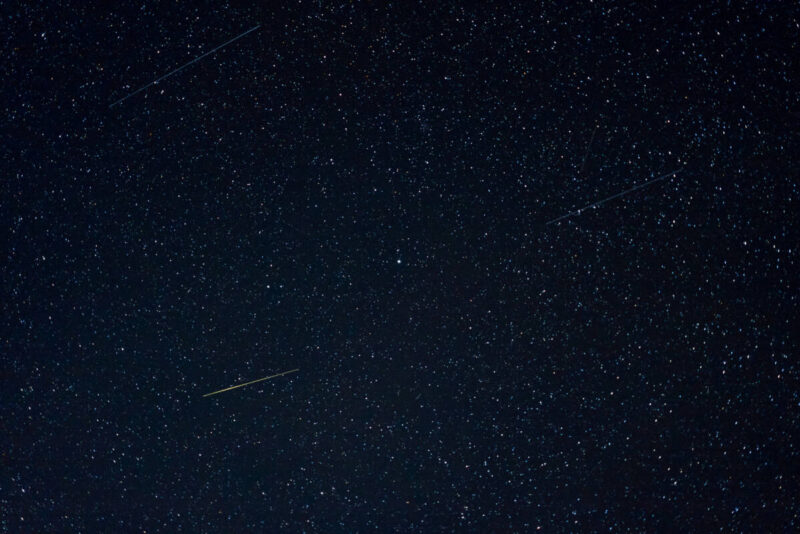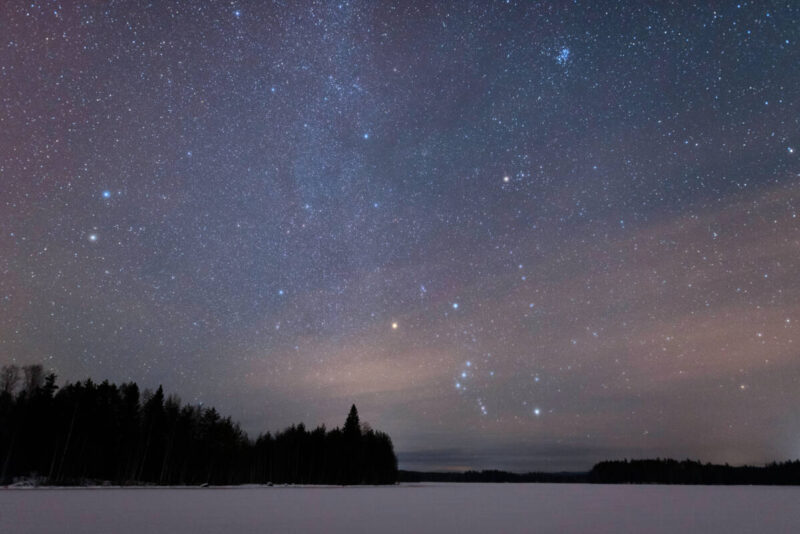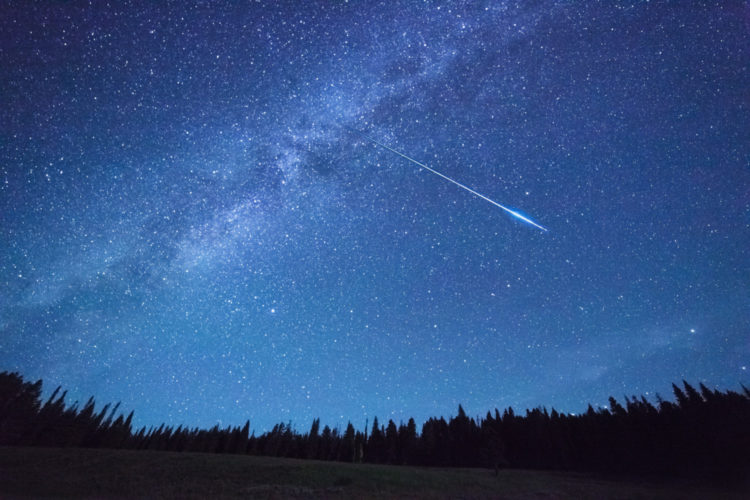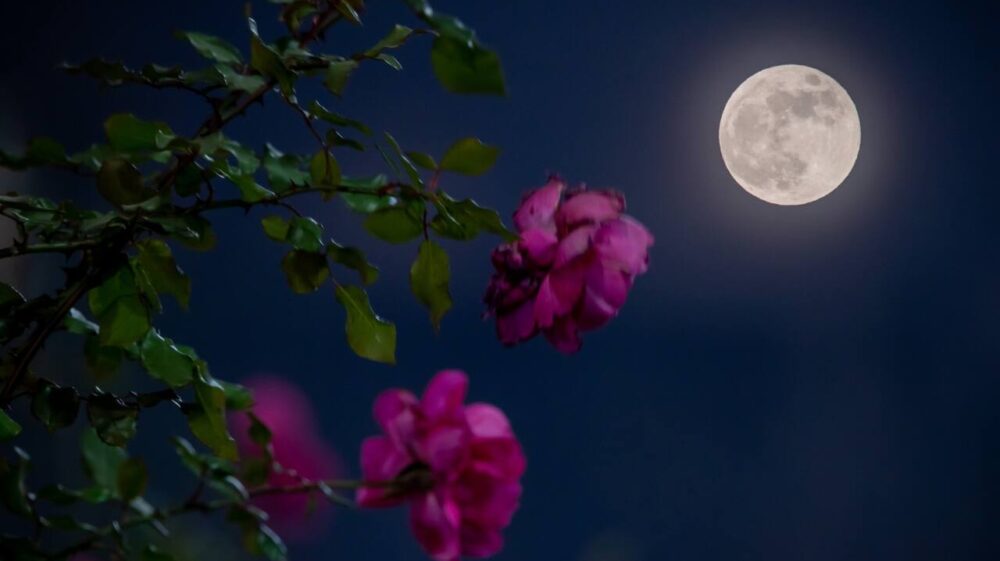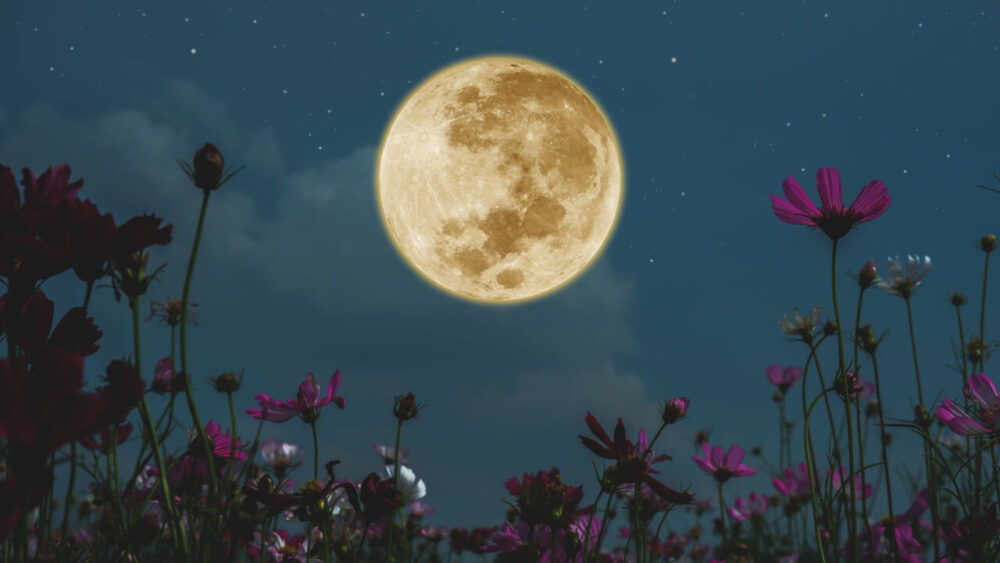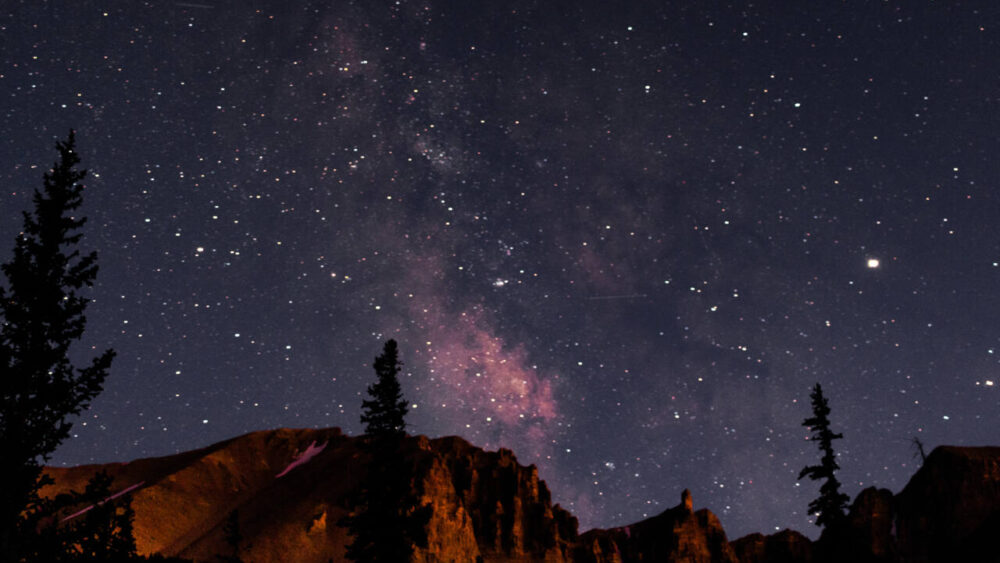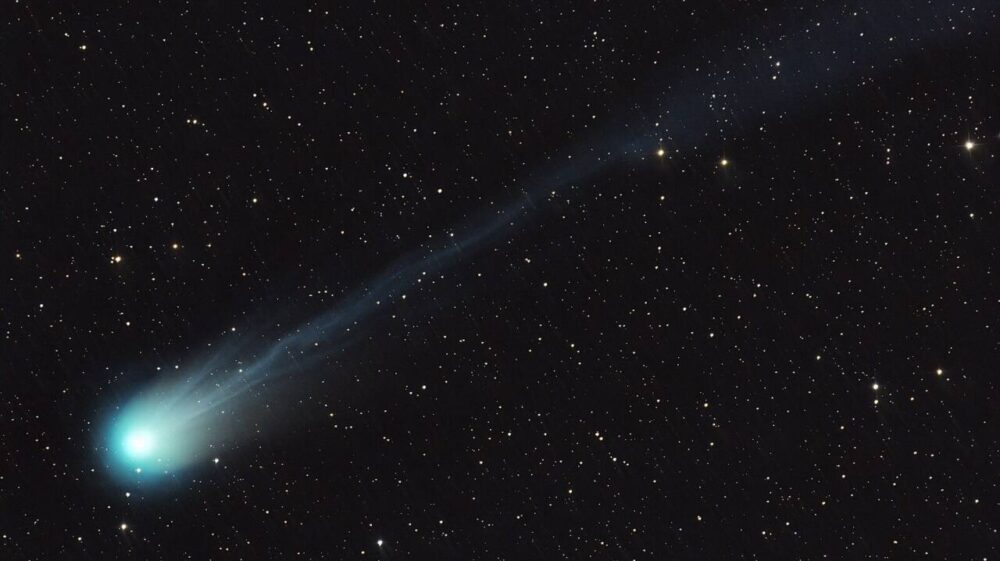When to see December’s Geminids meteor shower
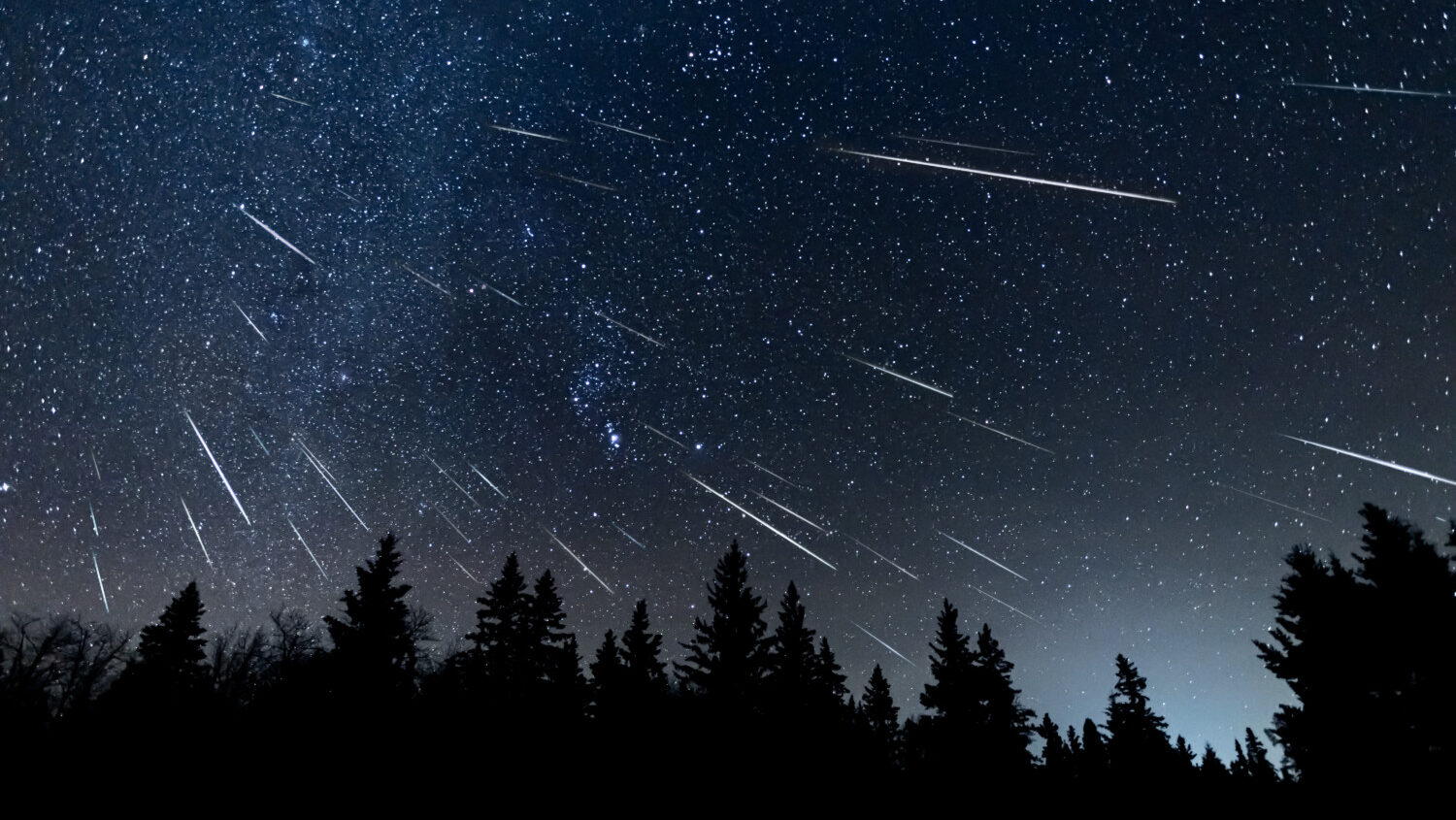
The Geminids meteor shower, arguably one of the best celestial shows of the year, peaks every year in mid-December.
It has already begun, but it will reach its peak late in the night on Dec. 13 and into the early morning hours on Dec. 14.
Patient watchers can expect to see up to 120 meteors per hour under a dark sky. Fortunately, a sliver of a waxing crescent moon won’t interfere with viewing the meteor shower this year.
If you miss the peak or clouds get in the way, the meteor shower lasts until Dec. 24, so you have time to catch a glimpse of these bright, fast meteors streaking across the sky.
How to Watch the Geminids Meteor Shower
The best time to see the most meteors will be after 2 a.m. local time on the morning of December 14.
Find a spot far away from city lights that could reduce the visibility of any streaking meteors. Get there early, at least 20 minutes ahead of time, to give your eyes time to adjust to the darkness.
The Geminid meteor shower appears to originate from the constellation Gemini, which is how this meteor shower got its name.
To find this constellation, look to the southwestern sky for Orion the Hunter, which can be spotted by the three stars in the hunter’s “belt.” Once you find Orion, look up and to the left to find Gemini.
MORE: The best telescopes for home use, according to star-gazing experts
Meteors appear to radiate from Gemini the Twins, but you don’t necessarily need to find it to see anything. Meteors streak across the night sky in all directions, so skywatchers simply need to be patient as they look upwards.
Where Do the Geminids Meteors Come From?
Meteors are simply pieces of debris that burn up as they enter the Earth’s atmosphere. The Geminids are traveling at about 79,000 mph, according to NASA.
Most meteor showers are debris left behind from a comet, but that’s not the case for the Geminids. The Geminids are pieces of a 3-mile-wide asteroid called 3200 Phaethon, which orbits the sun every 1.4 years.
The Earth passes through its debris field every December to give us the Geminids.
MORE: You can send your name into space on NASA’s mission to Jupiter’s moon Europa
The first known recorded observation was reportedly from a riverboat on the Mississippi River in 1833, and this annual event is likely to continue for years to come.
Ursids Meteor Shower to Follow Geminids
A lesser-known and less active meteor shower, the Ursids, peaks just as the Geminids are winding down.
This meteor shower, which only lasts about a week and a half, will have its heaviest concentration of meteors on the night of Dec. 22-23.
Patient watchers typically see about 5-10 meteors per hour, but this year, that’s likely to be hindered by a bright waxing gibbous moon.
If you can withstand the cold, and the skies are clear enough, December is a great time to spot some shooting stars streaking across the night sky.
Jason Meyers is a meteorologist and nature enthusiast who has made a number of entertaining and educational YouTube videos.
MORE:What is an atmospheric river? Here’s what to know about this weather phenomenon


